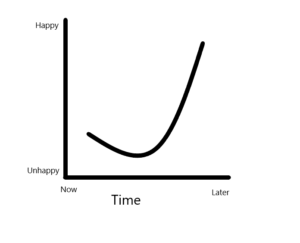Lexus Came From Toyota Embracing Conflicting Goals
Lexus Came From Toyota Embracing Conflicting Goals
If the market demands conflicting outcomes, embrace it (before someone else does).
The market is demanding health care delivery that is affordable + effective—highly conflicting priorities!
Harvard Business Review narrated a successful case of embracing conflicting goals:
‘When designing what became the Lexus line, Ichiro Suzuki, Toyota’s chief engineer, stipulated that the new car needed to be faster, lighter, and more fuel efficient than existing luxury sedans. The order was full of contradictions. Making a car faster usually meant having a bigger, heavier engine; making it lighter without compromising power meant stripping out luxury that was essential for this segment. So, the Lexus team returned to fundamentals and re-evaluated their most basic assumptions about how to build a car. Alongside tens of smaller new ideas, they designed and built a first-of-its-kind aluminum engine that made the car 120 pounds lighter, improving weight and fuel efficiency, thereby delivering on a seemingly impossible demand.’
Right now, all eyes are on payers and PBMs. What are they doing to make health care affordable + effective? Drugs are only effective is they’re used for the right patients at the right time.
Lexus Came From Toyota Embracing Conflicting Goals Read More »

